
Top 5 Things I Learnt From My First Track Experience At TVS Young...
- Jun 2, 2024
- Views : 2046

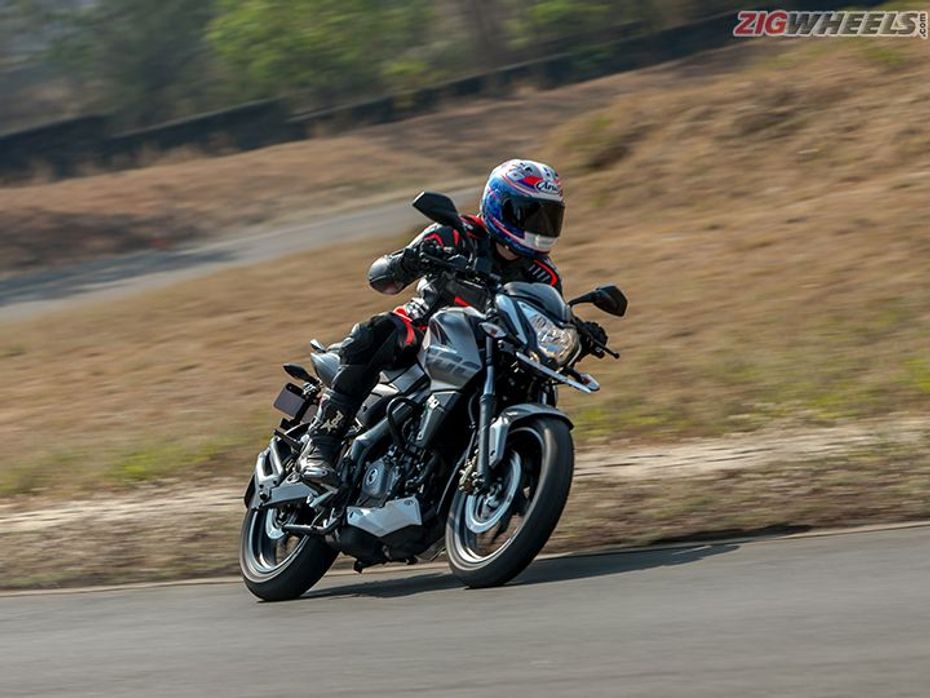
Introduction-
The Pulsar 200 NS was, in a way, Bajaj's first modern sports bike. It was the first Bajaj to get a perimeter frame, a rear monoshock and a potent liquid-cooled motor. The NS 200 came with almost all the bells and whistles you wanted in a sports bike but offered it all at a very affordable asking price.
Despite the arrival of this modern flagship from Bajaj, the Pulsar 220F continued to command buyers’ spends. Bajaj hoped to do better with the arrival of the NS’ partly-faired sibling, the AS200. While the 200NS was axed to give the AS breathing space, the serpentine tale now continues with the reintroduction of the NS 200 for 2017. So has the NS changed during its sabbatical?
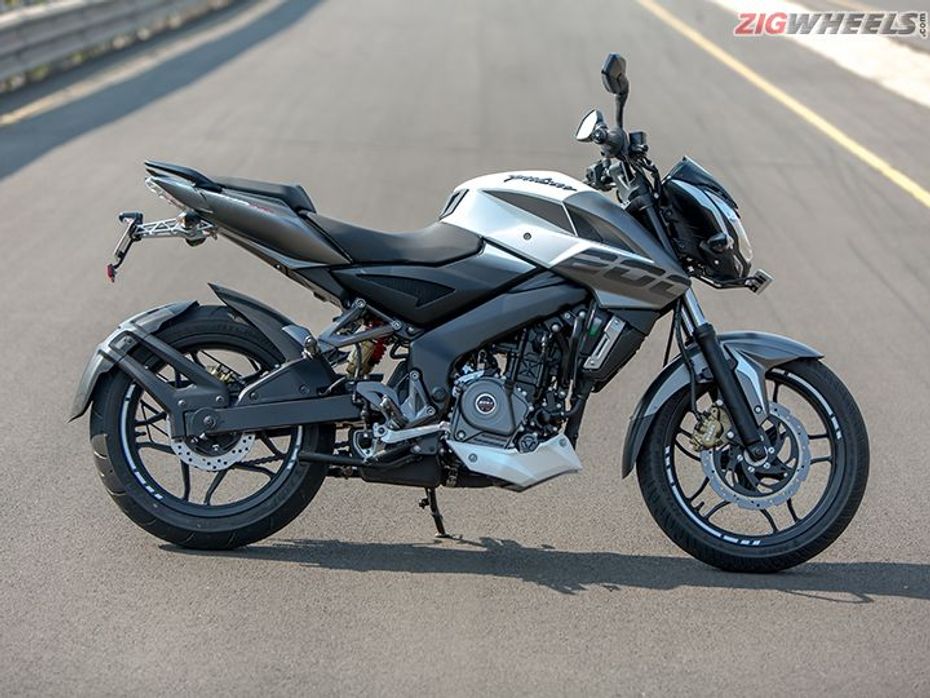
The changes-
The key changes are aimed at helping the NS pass upcoming BS-IV norms. To do so the 199cc liquid-cooled engine gets a new CDI ignition unit that gets more maps for a more precise spark duration that enhances combustion efficiency in all riding loads and conditions. This means better efficiency, performance and ultimately, cleaner emissions from the engine. Then there is a fuel vapour recirculation unit and a reworked catalytic converter for BS-IV compliance. Power output from the 199cc single remains the same 23.52PS at 9500rpm and 18.3Nm of torque at 8000rpm. Bajaj has also worked on the NS 200's design to make it look more premium and up-to-date.
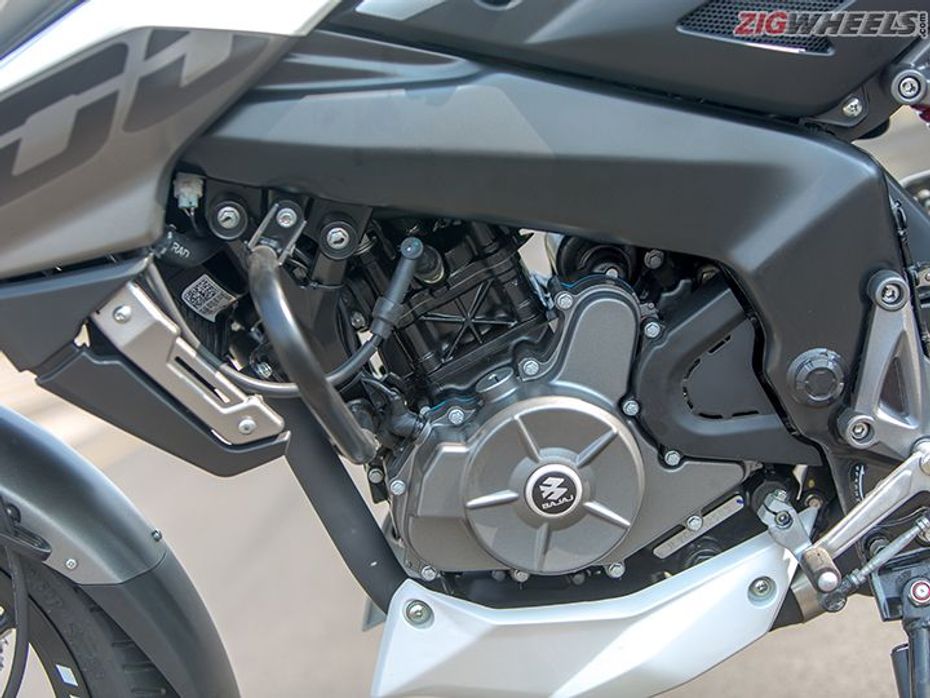
The nomenclature has been revised for 200 NS to NS 200 to better sit with rest of the Pulsar line-up like the RS 200 and AS 200. The bike gets three new shades that make the bike look fresh. There are funky looking wheel rim graphics that are colour-coded with the bike. The NS now gets a belly-pan fairing. Rest of the bike remains the same save for the missing headlamp switch that was made redundant by the Auto Headlamp On (AHO) unit.
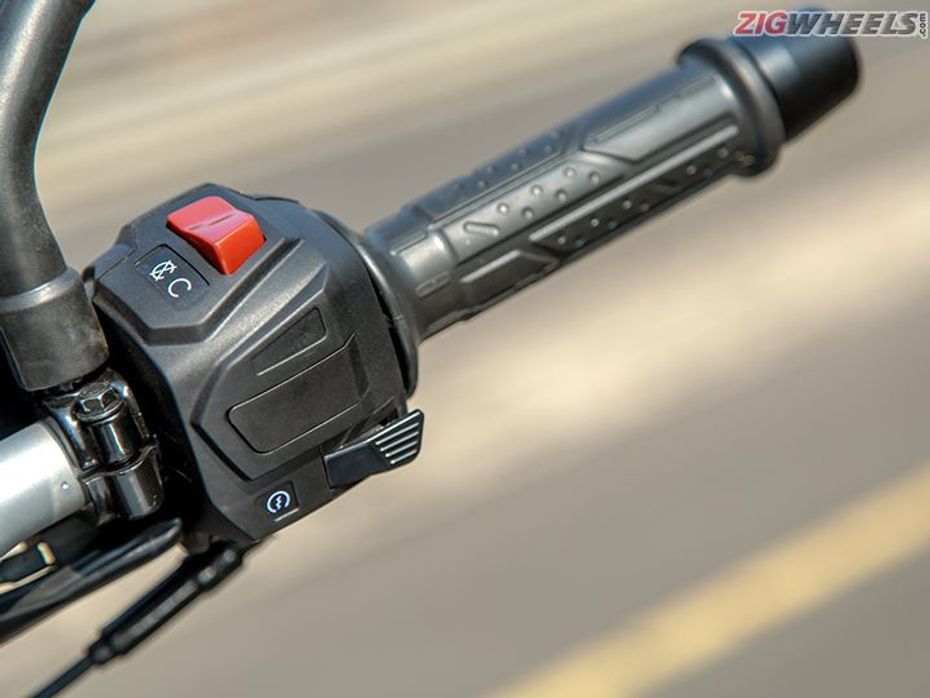
How is it to ride-
The Pulsar NS 200 has always been one of the best handlers to come from the Bajaj stable. Unlike its KTM cousin, the NS 200 trades the KTM Duke 200's sharp reflexes for a surefooted feel. Cycle parts too are not as exotic or lightweight as the Duke 200 but on a twisty road, the NS 200 can be as engaging to ride. In fact, the bike feels more relaxed and accommodating on the limit, something new riders will appreciate. Ride quality is good too though a tad on the firmer side going by the sporty demeanour of the bike. The MRF Zapper tyres grip well in the dry and emanate a good level of confidence to ride the bike aggressively.
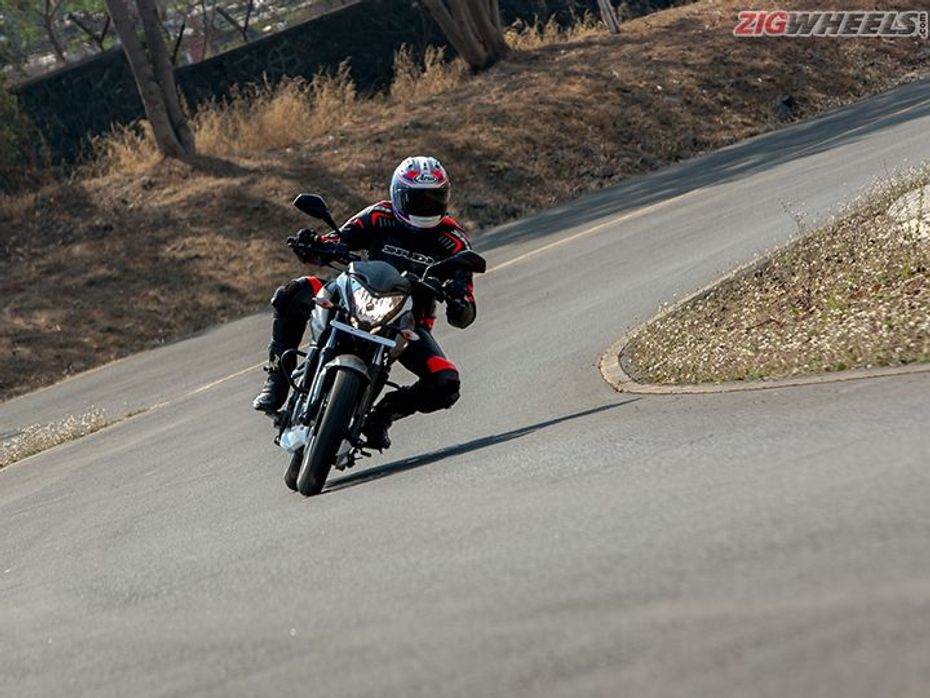
The 199.5 cc liquid cooled single is carburetted and tuned for mid-range grunt than top end whack. Strapping on our VBox equipment, we managed to get a 0-60kmph acceleration time of 4.86 seconds. The TVS Apache RTR 200 4v (carb) manages to post a quicker 0-60kmph time of 4.02 seconds though the NS 200 is faster to the 100kmph mark, completing the 0-100kmph run in 12.58 seconds, ahead of the RTR 200's 12.94 second time. The quarter mile is covered in 18.35 seconds at a speed of 112.90kmph.The NS 200 is quick to rev and has a healthy shove post 5000rpm that remains unabated till the 9500rpm redline. The engine has enough grunt to pull away cleanly from as low as 30kmph in fifth gear. In-gear acceleration tests had the NS 200 covering 30-70kmph in third gear in 4.95 seconds while 40-80kmph in fourth gear took 6.57 seconds. The six-speed gearbox is slick and precise. We managed to clock a true top speed of 125kmph on the NS 200. In terms of fuel efficiency, the NS 200 managed to give 39.7kmpl on the highway and 36.1kmpl in city running conditions.
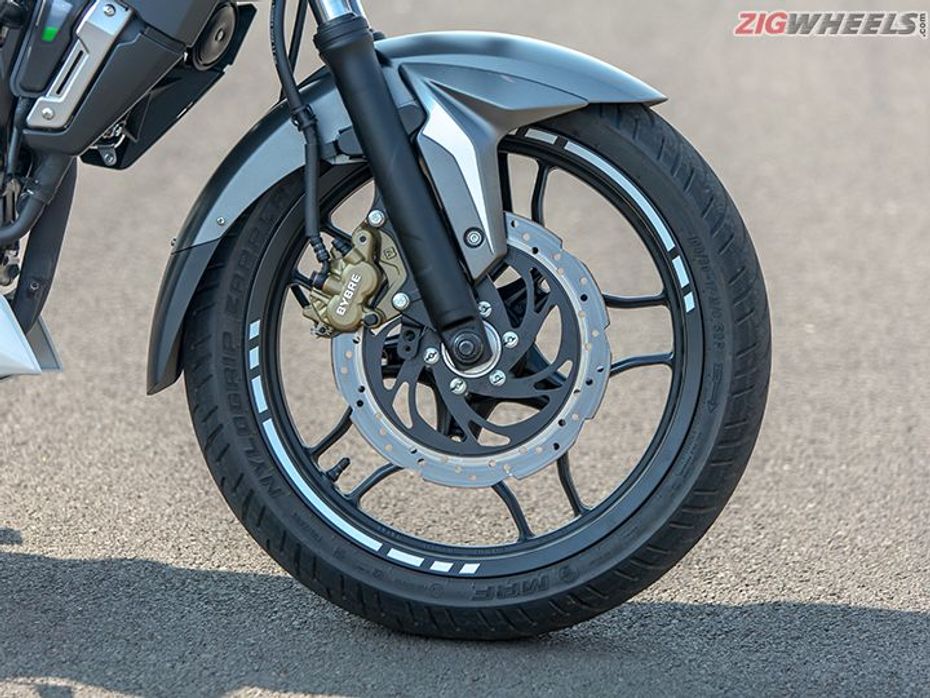
Braking is via a 280mm front petal disc and 230mm rear petal disc gripped by Bybre callipers.The NS 200 might miss out on the KTM Duke's radially-mounted brakes but the Bybre callipers have a strong and more progressive bite. The bike misses out on ABS which the RS 200 gets which is a missed opportunity. Under braking tests, the NS 200 did the 80-0kmph run in 3.05 seconds covering a distance of 30.11 metres. 60-0kmph took 2.42 seconds in which the NS 200 covered a distance of 16.47 metres.
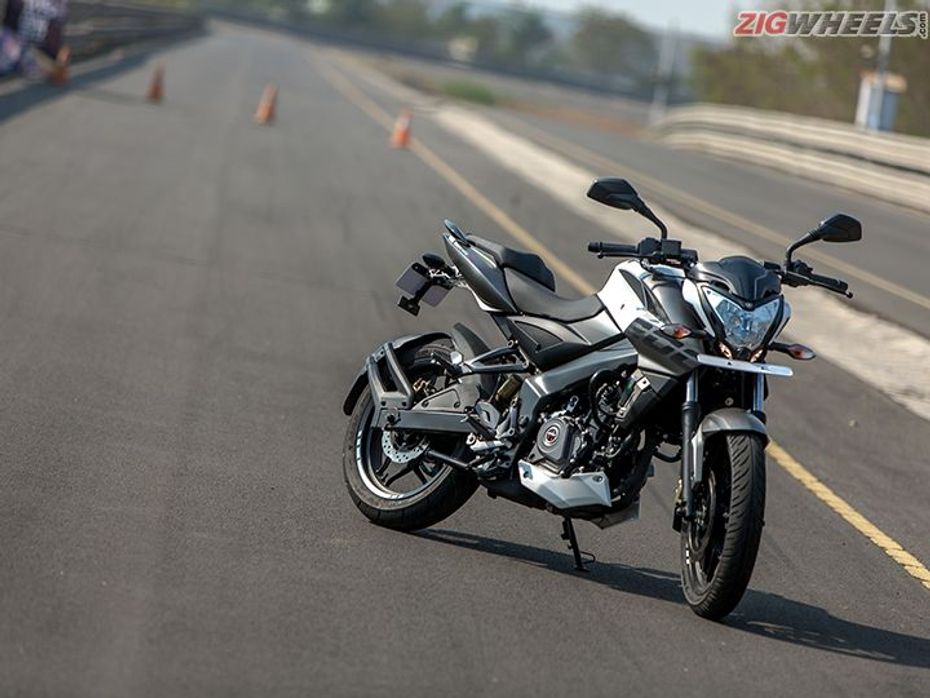
The lowdown-
The NS 200 brought a lot of firsts to the Bajaj performance bike line-up and remained the most dynamically capable Bajaj until the arrival of the RS 200. While the RS 200 might feel more capable around a corner, the NS 200 feels more engaging. The bike is priced at Rs 96,453 (Ex-showroom Delhi) which makes it one of the best value-for-money entry level performance bikes available in the market.


Top 5 Things I Learnt From My First Track Experience At TVS Young...

2023 TVS Young Media Racer Program Round 1: Learning To Carve Corners...

TVS Young Media Racer Program: A Newbie’s Experience

TVS Eurogrip Protorq Extreme Tyres Review: Confidence-inspiring

Motomax Insta Shine Review: Can It Really Bring A Shine To Your Bike?

Yamaha MT-15 V2 vs TVS Apache RTR 200 4V Comparison Road Test: A...

Yamaha MT-15 Version 2.0 Road Test Review - The Perfect Imperfection

2024 Bajaj Pulsar N250 First Ride Review - Even More Value For Money

Royal Enfield Hunter 350: First Ride: Catch ‘em Young

Aravind KP To Race for Sherco-TVS Rally Factory Team In 2017 Dakar...
 TVS Apache RTR 200 4V
TVS Apache RTR 200 4V
 Yamaha R15S
Yamaha R15S
 Bajaj Pulsar NS160
Bajaj Pulsar NS160
 Bajaj Pulsar 220 F
Bajaj Pulsar 220 F
 Yamaha MT 15 V2.0
Yamaha MT 15 V2.0
India's largest automotive community
 Bajaj Pulsar 125
Rs. 83,846
Bajaj Pulsar 125
Rs. 83,846
 Bajaj Pulsar NS 125
Rs. 1.01 Lakh
Bajaj Pulsar NS 125
Rs. 1.01 Lakh
 Bajaj Pulsar NS160
Rs. 1.47 Lakh
Bajaj Pulsar NS160
Rs. 1.47 Lakh
 Bajaj Pulsar N160
Rs. 1.33 Lakh
Bajaj Pulsar N160
Rs. 1.33 Lakh
 Bajaj Pulsar 150
Rs. 1.10 Lakh
Bajaj Pulsar 150
Rs. 1.10 Lakh
 Bajaj Chetak
Rs. 1.20 Lakh
Bajaj Chetak
Rs. 1.20 Lakh
![Bajaj Chetak [2020 - 2024] Bajaj Chetak [2020 - 2024]](https://media.zigcdn.com/media/model/2024/Sep/bajaj-chetak-2025-right-side-view_135x90.jpg) Bajaj Chetak [2020 - 2024]
Rs. 99,998
Bajaj Chetak [2020 - 2024]
Rs. 99,998